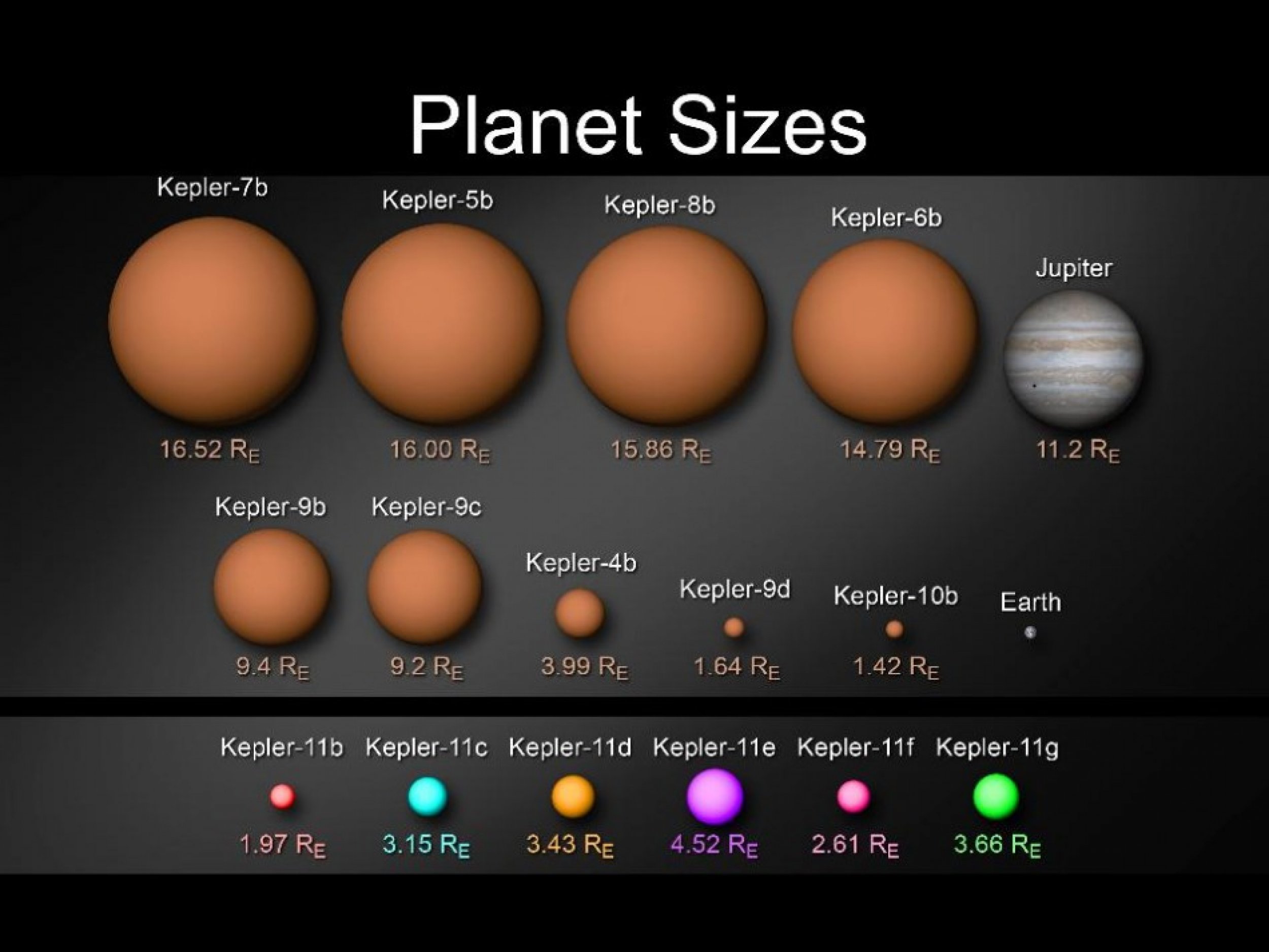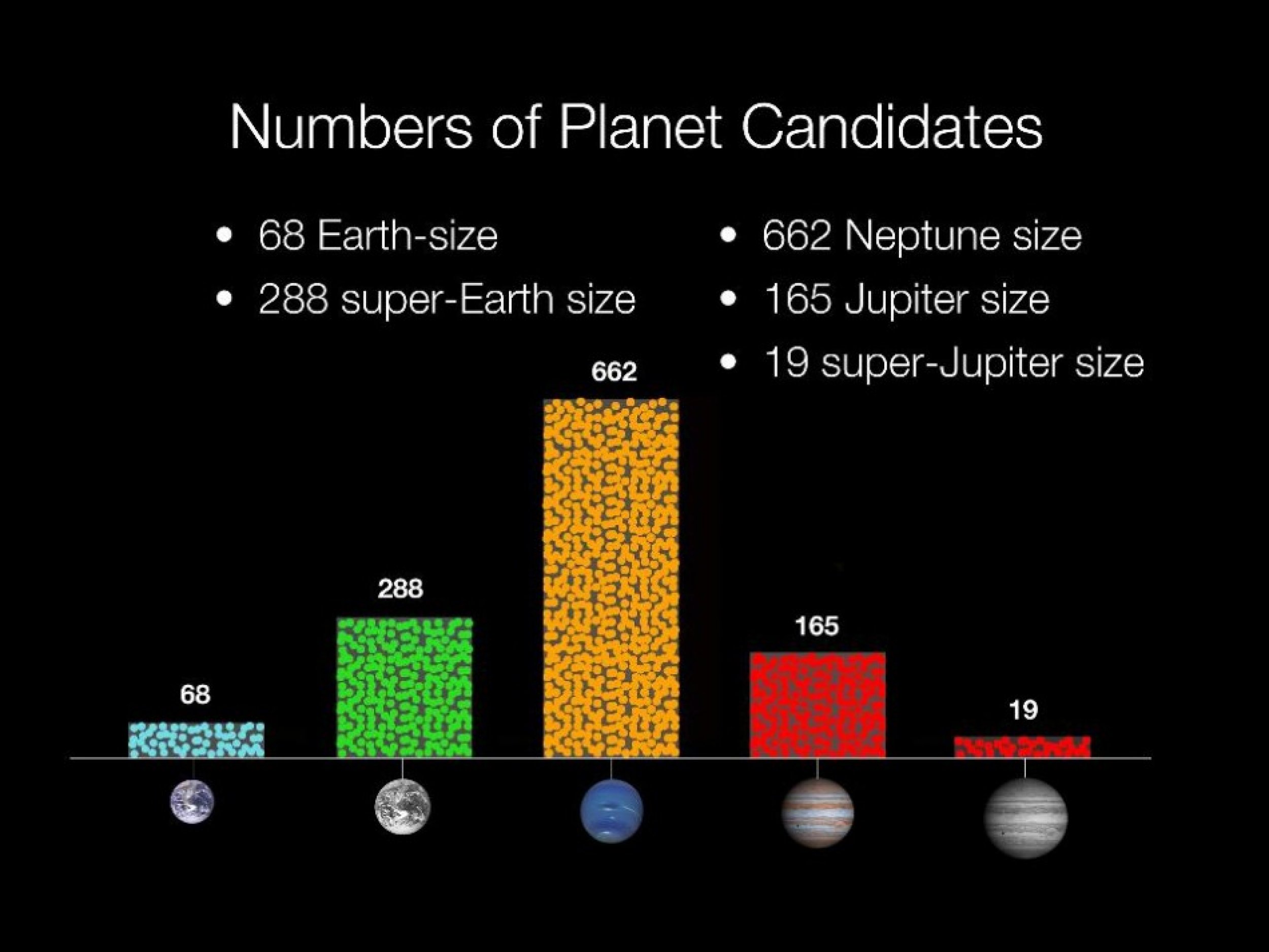A Search for Habitable Planets: Another Earth
The Kepler Mission is a NASA Discovery Program for detecting potentially life-supporting planets around other stars. All of the extrasolar planets detected so far by other projects are giant planets, mostly the size of Jupiter and bigger. Kepler is poised to find planets 30 to 600 times less massive than Jupiter.
A method of planet finding: the transit method of planet finding
When it sees a planet passes in front of its parent star, it blocks a small fraction of the light from that star. When that happens, it is said that the planet is transiting the star. If transits are repeated at regular times, a planet has been discovered a planet. From the brightness change, the planet size can be known. From the time between transits, the size of the planet's orbit is calculated and that helps estimation of the planet's temperature. These qualities determine possibilities for life on the planet.
The Kepler satellite has a 0.95-meter diameter telescope that is a photometer having a field of view a bit over 10 degrees square (and area of sky the size of about two open hands). It is designed to continuously and simultaneously monitors brightnesses of 100,000 stars brighter than 14th magnitude in the constellations Cygnus & Lyrae.
To detect an Earth-size planet, the photometer must be able to sense a drop in brightness of only 1/100 of a percent. This is akin to sensing the drop in brightness of a car's headlight when a fruitfly moves in front of it. The photometer must be spacebased to obtain this precision.
Source: NASA



© Copyright IBTimes 2025. All rights reserved.





















